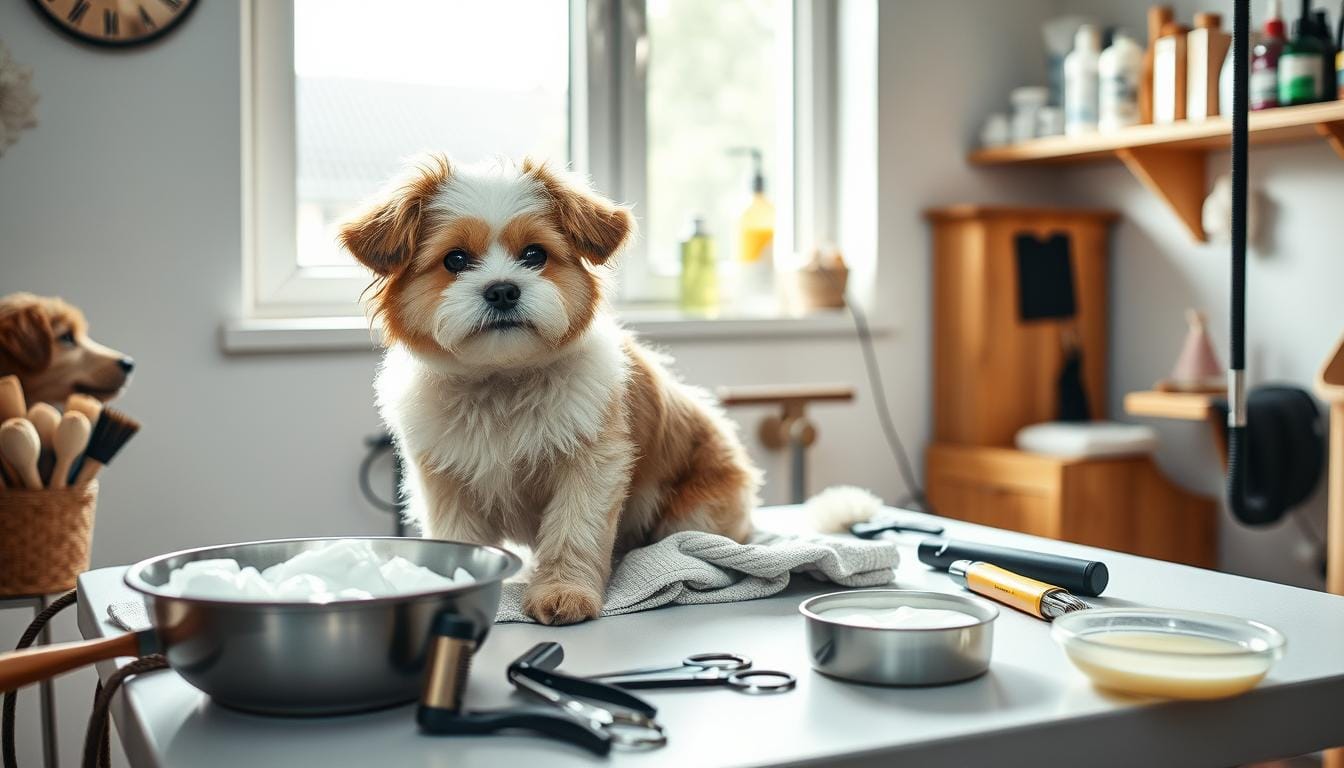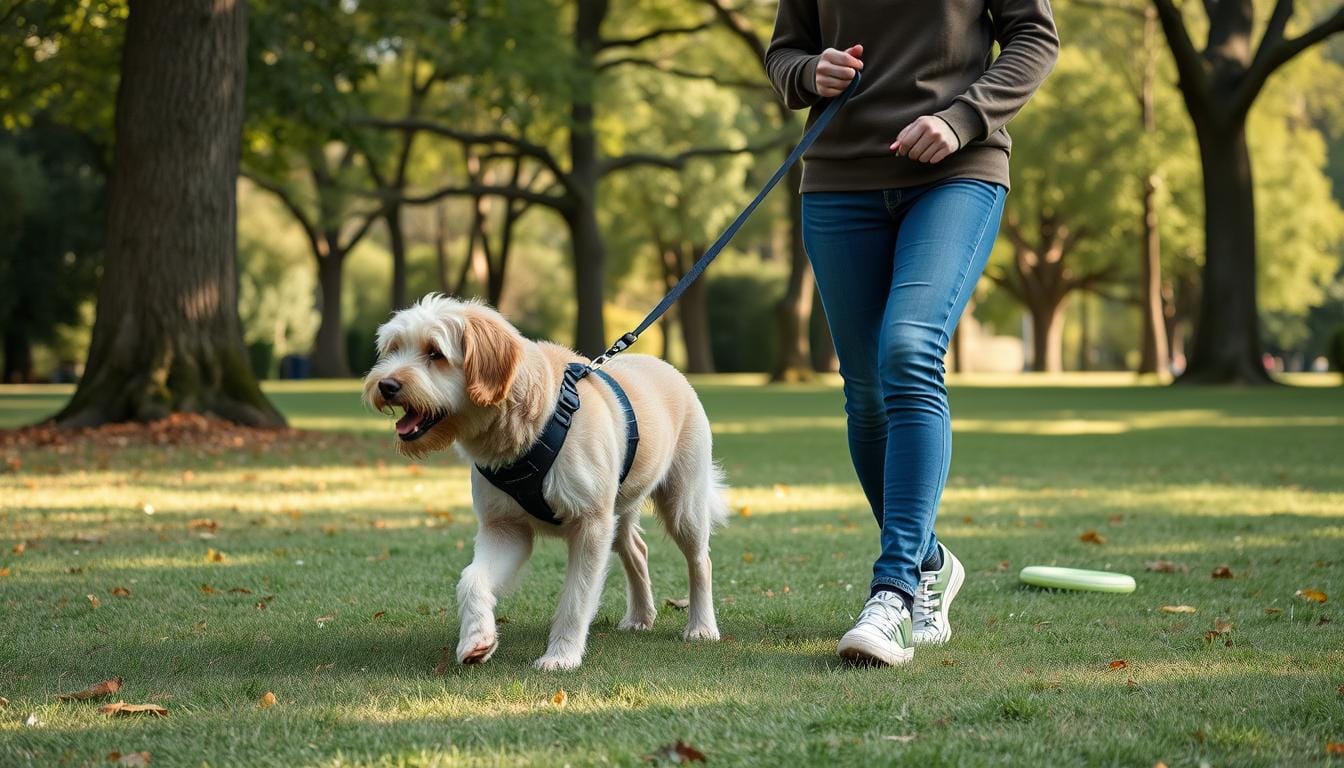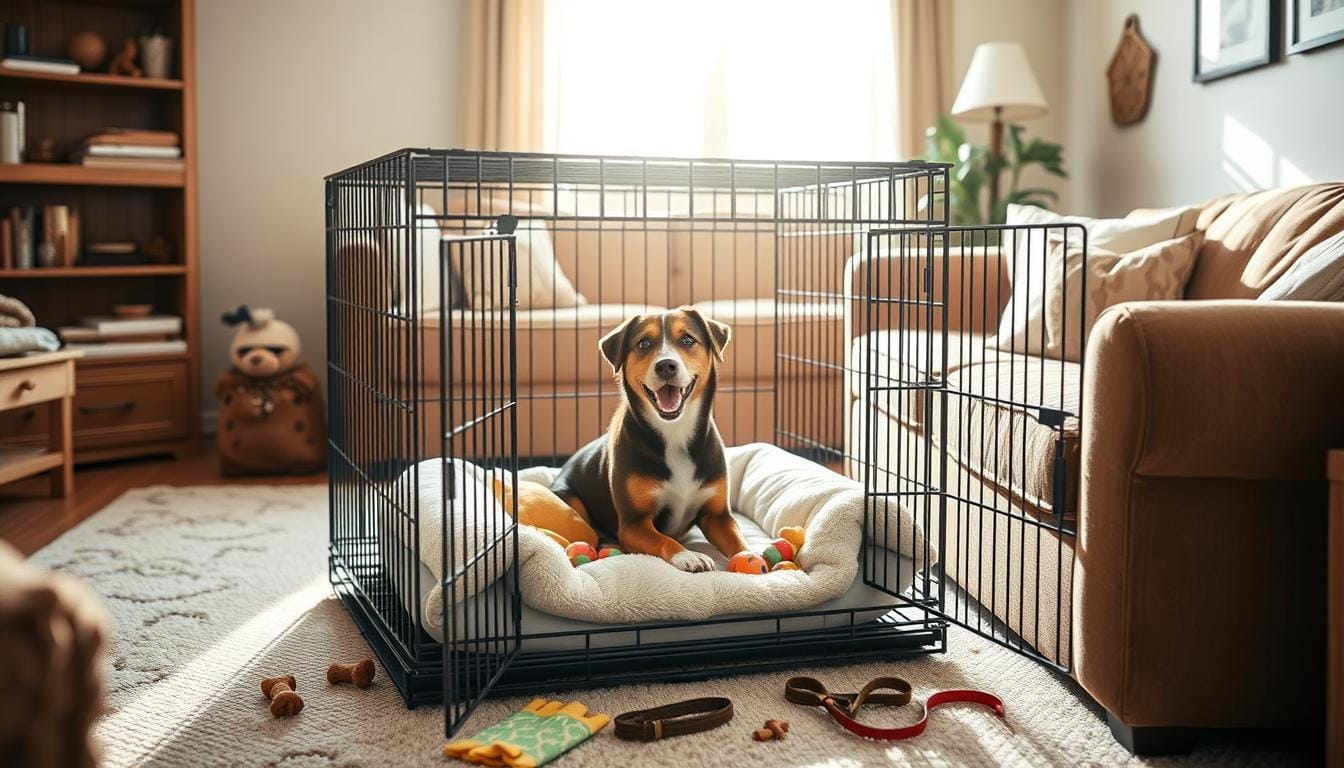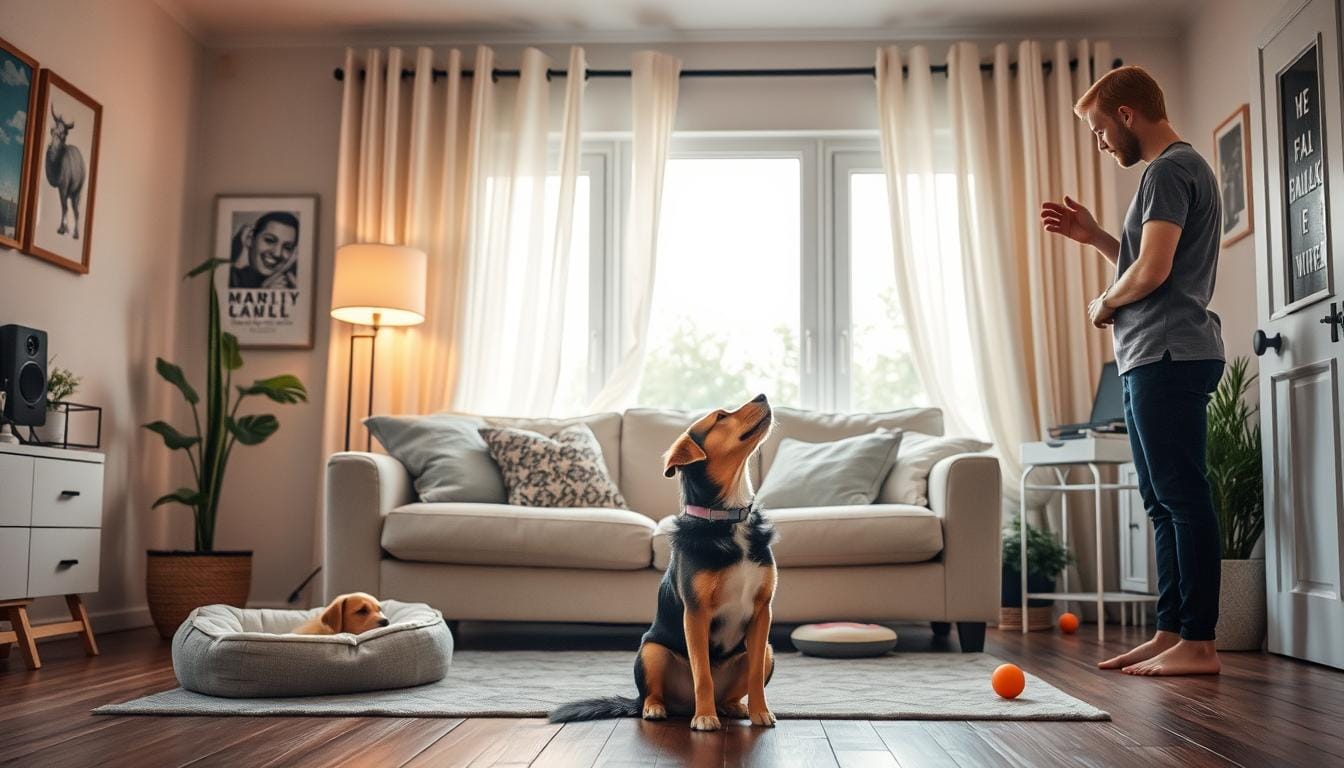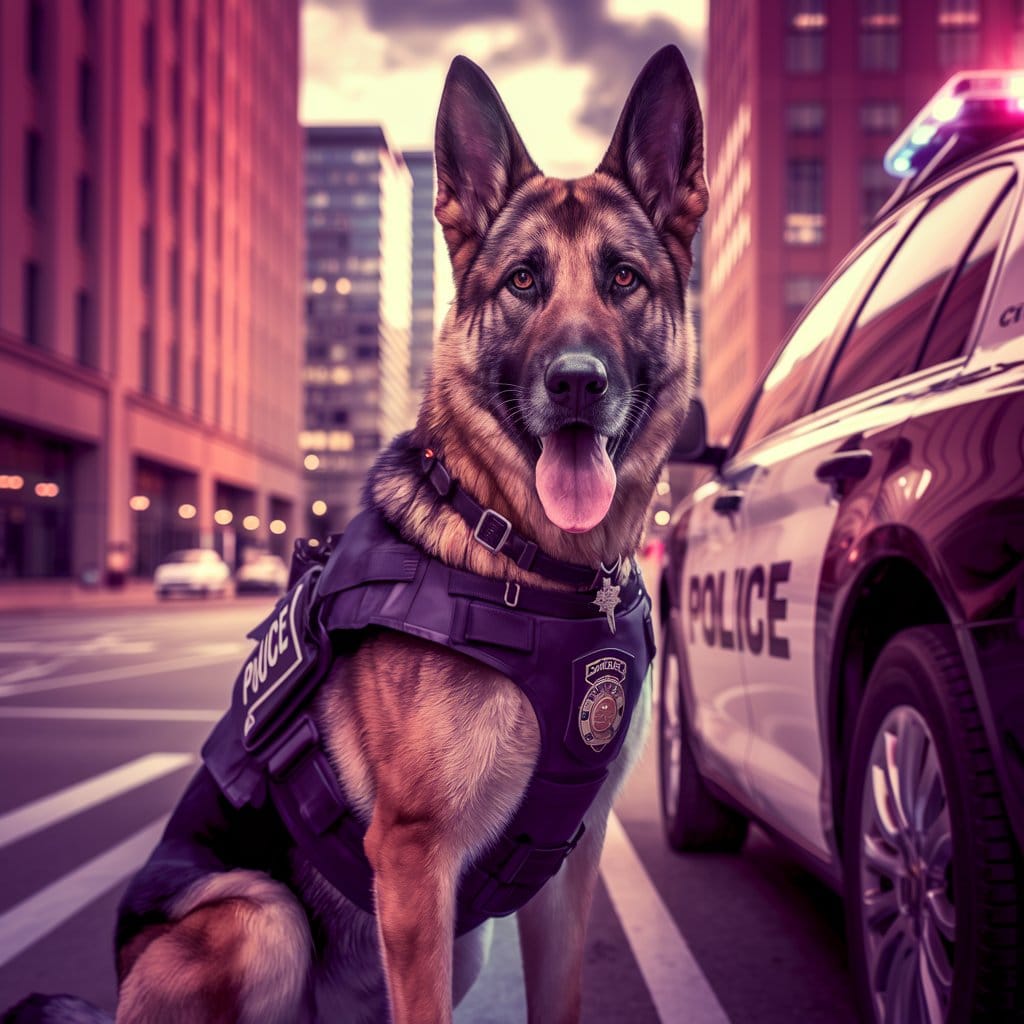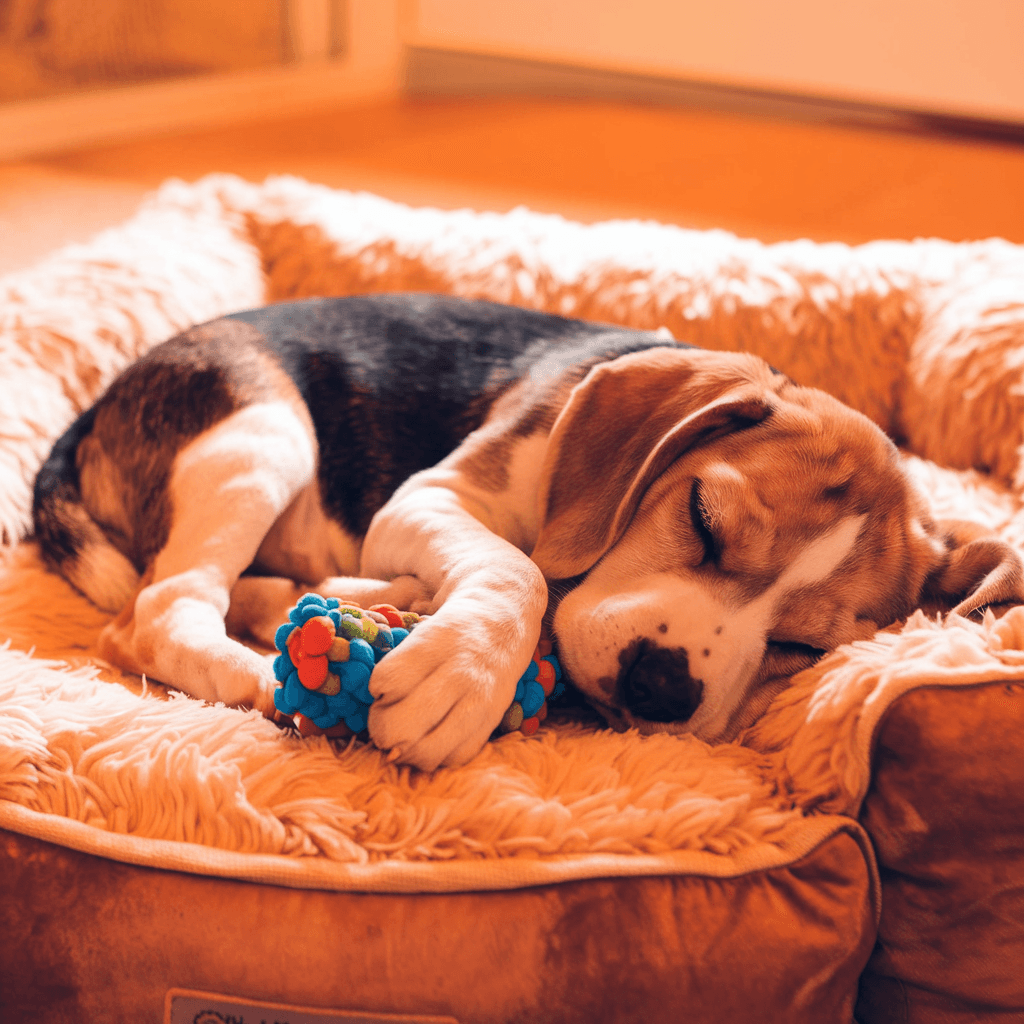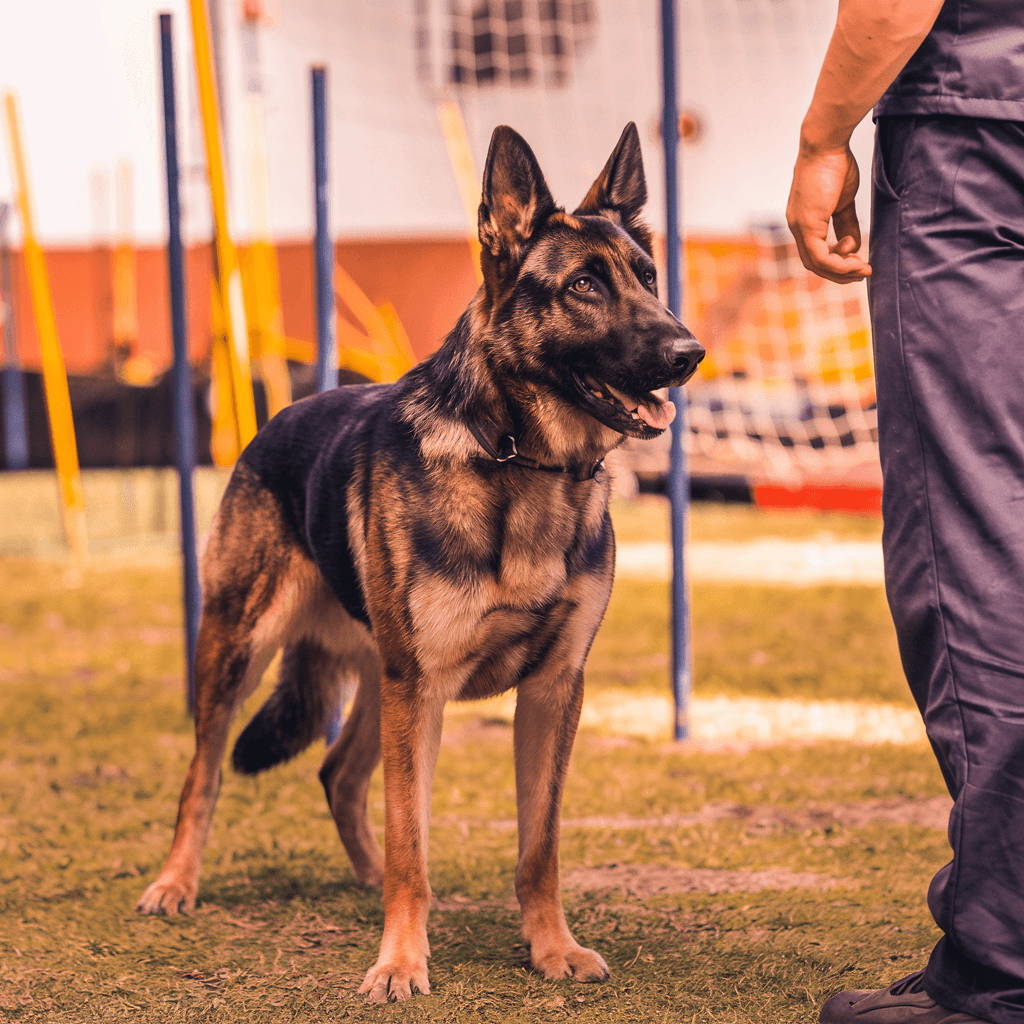Grooming your dog keeps them healthy and happy. Here’s how to do it like a pro! Regular grooming is more than just making your furry friend look good. It’s a vital part of pet care that keeps your dog’s skin and coat clean, healthy, and free from parasites.
In this guide, we’ll show you how to groom your dog at home like an expert. We’ll cover everything from essential tools to step-by-step techniques for various grooming tasks. By following our dog grooming tips, you’ll keep your canine companion looking their best and strengthen your bond.
Whether you’re new to dog ownership or want to improve your grooming skills, this guide will help you create an effective grooming routine. We’ll share expert advice on dog bathing, coat maintenance, and more. Get ready to save money and give your dog the best care possible!
Key Takeaways
- Regular grooming prevents 80% of skin issues in dogs
- 70% of dog owners save money by grooming at home
- Bathing frequency depends on coat type and lifestyle
- Nail trimming is needed every 3-4 weeks for most dogs
- Daily tooth brushing is crucial for preventing dental disease
- Ear cleaning frequency varies based on breed and ear type
- Proper tools and techniques ensure a stress-free grooming experience
Essential Dog Grooming Tools and Supplies
Having the right tools is key to successful dog grooming at home. We’ve put together a list of essential equipment to help you keep your furry friend looking their best. From basic brushes to specialized tools, these items will make dog grooming a breeze.
Basic Grooming Equipment
Every pet owner needs a few basic items for regular dog brushing and maintenance. These include:
- Dog shampoo and conditioner
- Towels
- Dog brush and comb
- Nail clippers
- Toothbrush and toothpaste
Regular brushing is vital for your dog’s coat health. Choosing the right brush is crucial, as using the wrong type can lead to skin irritation or even infection.
Specialized Tools for Different Coat Types
Different breeds require specific grooming tools. For example:
- Rubber curry combs work well for smooth-coated breeds like Dalmatians
- Slicker brushes are perfect for long-haired dogs like Yorkshire Terriers
- De-shedding tools are essential for double-coated breeds such as German Shepherds
Professional groomers often keep multiple brush types on hand to accommodate various coat textures. This practice ensures effective grooming for all dogs, regardless of their fur type.
Safety and First Aid Supplies
Safety should always be a priority when grooming your dog. Keep these items nearby:
- Styptic powder to stop bleeding from accidentally cut nails
- Cotton balls for cleaning ears
- Blunt-tipped scissors for trimming around sensitive areas
With these tools at your disposal, you’ll be ready to tackle any grooming challenge. Remember, consistent grooming not only keeps your dog looking great but also strengthens your bond.
Understanding Your Dog’s Coat Type and Grooming Needs
Keeping your dog’s coat in good shape is key for their health and happiness. Dogs come in many coat types, each needing its own grooming care. Let’s look at these different coats and what they need to help you keep your dog clean and well-groomed.
Short-coated breeds like Beagles and Labradors have smooth, shiny fur. They need grooming every few weeks and occasional baths to manage their shedding. Medium-coated dogs, such as Corgis and German Shepherds, need brushing every other day to avoid mats and spread their natural oils.
Long-coated dogs, like Maltese and Yorkies, need daily grooming to stop tangles. Wire-coated dogs, like Jack Russell Terriers, don’t shed much, making them good for people with allergies. Their grooming involves “hand-stripping” to remove extra hair.
| Coat Type | Grooming Frequency | Bathing Frequency |
|---|---|---|
| Short | Every few weeks | Every 8-12 weeks |
| Medium | Every other day | Every 6-8 weeks |
| Long | Daily | Every 4-6 weeks |
| Wire | Every 4-12 weeks | As needed |
Curly-coated breeds, like Poodles and Bichon Frises, need special care. Use a conditioning spray to prevent hair breakage and brush daily. Hairless breeds need extra skin care, frequent baths, and protection from the sun.
Knowing your dog’s coat type helps you tailor their grooming routine. Regular grooming keeps your pet comfortable and their coat healthy and shiny.
Bathing Your Dog Like a Professional
Bathing your dog can be tough, but it’s easier with the right steps. Here are some expert tips to bathe your dog like a pro.
Pre-Bath Preparation
First, get all your dog bath supplies ready. You’ll need dog shampoo, towels, and a non-slip mat. Brush your dog’s coat to remove tangles and loose fur.
This is especially important for dogs with long coats. They need daily grooming to avoid matting.
Proper Bathing Techniques
Start with lukewarm water and wet your dog well. Apply shampoo from the neck down, skipping the head for now. Gently massage the shampoo into their coat, focusing on dirty spots.
Rinse them thoroughly. Leftover soap can irritate their skin.
Drying and Post-Bath Care
Use a towel to dry your dog off. For dogs with long coats, a cool blow dryer setting can help prevent matting. Brush their coat every 10-15 minutes while it dries to keep it healthy.
| Coat Type | Brushing Frequency | Bathing Frequency |
|---|---|---|
| Smooth, short coat | Once a week | Every 3 months |
| Short, dense fur | Once a week | Monthly |
| Long coat | Daily | Monthly |
The ASPCA says to bathe your dog every three months. By following these tips, you’ll keep your dog clean and happy between professional baths.
Dog Grooming Tips for a Stress-Free Experience

Grooming your furry friend doesn’t have to be stressful. You can make it a special bonding time for both of you. Here are some tips to make grooming easier and more fun.
Begin by making grooming tools positive. Let your dog sniff and explore brushes, clippers, and nail trimmers. This can lower anxiety by up to 25% during grooming.
Exercise is important before grooming. A tired dog is calmer. Studies show exercised pets feel 20% less stressed during grooming. Take your dog for a walk or play fetch before grooming.
- Use treats strategically during grooming
- Play calming music to create a relaxing atmosphere
- Take frequent breaks if your dog shows signs of stress
- Praise your dog throughout the process
Patience is key. Remember, “Slow is the new fast” in dog grooming. Take your time, especially when trimming nails or cleaning ears. This keeps your pet safe and comfortable.
By following these tips, you’ll make grooming a positive experience. It will strengthen your bond. Regular grooming also improves your dog’s health and can add up to two years to their life. So, grab that brush and bond with your furry friend today!
Brushing and Coat Maintenance Techniques
Keeping your dog’s coat healthy is key to their happiness. Regular grooming makes them look good and helps spot health problems early.
Daily Brushing Routines
Brush your dog every day or a few times a week. This spreads natural oils and cuts down on shedding. Pick the right brush for their coat type. Slicker brushes are best for long hair, while bristle brushes are good for short hair.
Dealing with Matted Fur
Matted fur can be painful and lead to skin problems. Start by using a detangler on dry hair before brushing. For thick coats, comb all the way to the skin to avoid tangles and irritation. If mats don’t come out, a professional groomer can help.
Seasonal Shedding Management
When it’s shedding season, brush your dog more often. Use a rake brush to get rid of loose fur. Warm baths can also help manage shedding. Make sure to massage your dog while shampooing to make grooming a good experience.
| Coat Type | Brushing Frequency | Recommended Tools |
|---|---|---|
| Short | 1-2 times per week | Bristle brush |
| Medium | 2-3 times per week | Slicker brush, comb |
| Long | Daily | Slicker brush, comb, detangling spray |
By using these brushing and coat care tips, you’ll keep your dog’s coat in top shape. This will also help reduce shedding and strengthen your bond through positive grooming.
Nail Care and Trimming Safety
Nail care is key in dog grooming that many owners forget. Only 30% of dog owners trim their pet’s nails regularly. This can lead to health problems like pain and foot deformity.
Understanding the Quick
A dog’s nail has a living part called the quick and a hard outer shell. The quick has blood vessels and nerves. Trimming nails regularly helps the quick recede, making nails healthier. But, only 20% of owners know where the quick is, risking injury.

Different Trimming Methods
There are many tools for trimming dog nails, like scissors, grinders, and clippers. Good clippers can cut injury risk by 25%. For scared dogs, start with small steps. Short, positive sessions help them feel less anxious.
Managing Nail Trim Anxiety
About 60% of dogs don’t like their paws handled, making nail care hard. Introduce paw handling early for better experiences. Professional groomers say 85% of dogs calm down when owners are relaxed and use positive reinforcement. With practice, even nervous dogs can get used to nail trimming in a week.
| Nail Care Fact | Statistic |
|---|---|
| Dogs with untrimmed nails at risk of foot problems | 40% higher chance |
| Dogs calmer with positive owner behavior | 85% |
| Improvement in nervous dogs with gradual exposure | 50% |
Dental Hygiene and Oral Care
Dental health is key for our furry friends. Did you know dental disease is the second most common health issue in dogs? Regular dog teeth cleaning can stop plaque buildup and serious health problems. Let’s look at some effective dog grooming tips for keeping your pup’s teeth clean.
Vets say to brush your dog’s teeth at least three times a week. Use dog-specific toothbrushes and toothpaste, as human products can be harmful. Brush gently for a few minutes, focusing on the gum line where plaque builds up.
If your dog doesn’t like brushing, dental wipes or chews can be good alternatives. They’re not as good as brushing, but they still help with oral health. Dry kibble can also help remove plaque, supporting dental care.
| Dental Care Method | Frequency | Effectiveness |
|---|---|---|
| Brushing | 3-4 times/week | High |
| Dental Wipes | Daily | Moderate |
| Dental Chews | 2-3 times/week | Moderate |
| Dry Kibble | Daily | Low-Moderate |
Look out for signs of dental problems like bad breath, bleeding gums, or trouble eating. If you see these signs, see your vet right away. Regular vet visits can catch issues early, preventing bigger problems later.
By adding these dog grooming tips to your routine, you’ll help keep your pup’s smile healthy and happy for years.
Ear Cleaning and Health Monitoring
Regular dog ear cleaning is key to keeping your furry friend healthy. We’ll show you how to spot ear problems, clean them right, and prevent future issues.
Signs of Ear Problems
Watch out for these signs of ear trouble:
- Excessive scratching or head shaking
- Redness or inflammation
- Foul odor or discharge
- Visible dirt or wax buildup
If you see these signs, it’s time for a cleaning or a vet visit. About 15% of dogs get ear infections, so regular checks are crucial.
Proper Cleaning Techniques
Here’s how to clean your dog’s ears safely:
- Use a vet-approved ear cleaner
- Gently wipe the outer ear with a cotton ball
- Clean only to the depth of one knuckle
- Never use cotton swabs or human ear cleaners
Preventive Care Measures
Here are ways to keep your dog’s ears healthy:
- Schedule monthly ear checks
- Keep ears dry after swimming or bathing
- Incorporate ear cleaning into regular grooming routines
- Consult your vet for breed-specific ear care advice
Remember, too much cleaning can irritate. Most dogs need monthly cleanings, but some may need weekly. By following these tips, you’ll keep your pet’s ears healthy and happy.
| Ear Care Fact | Statistic |
|---|---|
| Dogs at risk of ear infections | 15% |
| Pet owners using improper cleaning items | 58% |
| Ear injuries from cotton swabs | 80% |
| Dogs with allergies showing ear infection signs | 60% |
Hair Trimming and Styling Basics
Learning dog haircuts and grooming tips can save money and strengthen your bond with your pet. We’ll cover the basics of hair trimming and styling. This will help keep your dog looking neat between professional grooming sessions.
Face and Paw Trimming
Begin with the sensitive areas. Use blunt-ended shears or small clippers with guide combs for the eyes and paw pads. A number 10 blade is good for these spots. Also, trim long hair around private parts for hygiene.
Full Body Clipping Tips
For a full trim, use a number 4 blade. Keep the clippers moving and away from your dog’s skin to avoid nicks. Brush the coat before clipping to remove tangles. Always clip in the direction of hair growth for a smooth finish.
Common Trimming Mistakes to Avoid
Don’t rush the grooming process. Introduce your dog to grooming tools slowly to reduce anxiety. Avoid cutting too close to the skin, especially in wrinkled areas. Never use human hair products on your dog, as they can cause skin irritation.
- Start with longer blade settings and adjust as needed
- Take frequent breaks to keep your dog comfortable
- Reward your pet with treats for good behavior during grooming
Regular grooming sessions, lasting 30 to 90 minutes, can improve your dog’s health and look. With patience and practice, you’ll master salon-quality dog haircuts at home.
Conclusion
We’ve shared key dog grooming tips for you to care for your furry friend at home. Regular grooming is crucial for your dog’s health. It helps prevent 80% of skin problems caused by neglect.
By following our guide, you can cut shedding by up to 90%. You can also improve your dog’s coat health by 40%.
Every dog is different. Some need grooming every 4-6 weeks, while others can go longer. Always use dog-specific products, as human shampoos can harm their skin.
If you prefer grooming at home, invest in quality tools and be patient. About 70% of dogs feel anxious during grooming. Positive reinforcement can improve their cooperation by 50%.
While home grooming is great, don’t shy away from professional help for complex tasks. Grooming sessions are perfect for health checks. They let you catch issues early.
By mastering these dog grooming tips, you’ll save money on professional services. You’ll also strengthen your bond with your pet. This ensures they look and feel their best.

